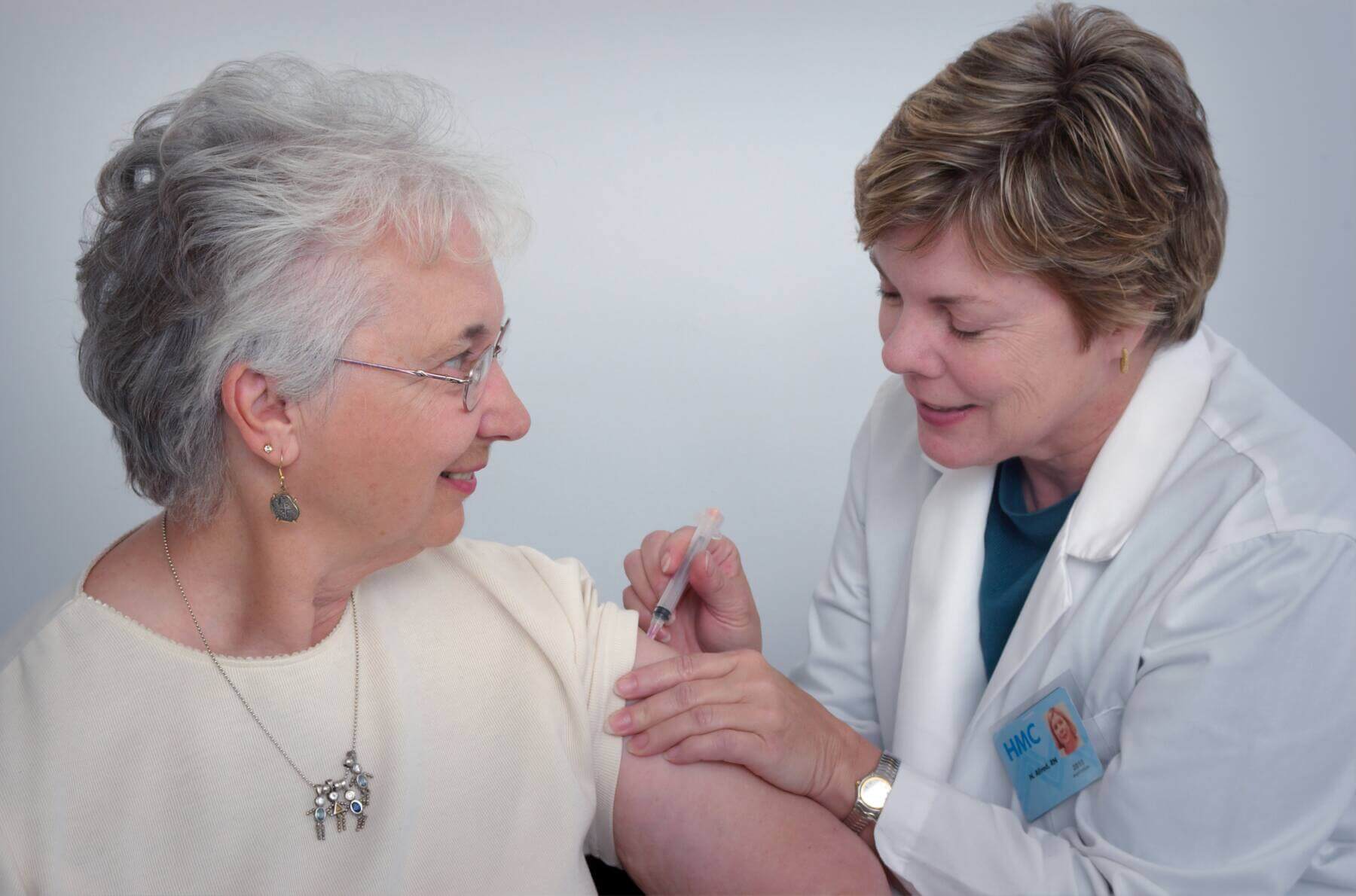Covid-19 vaccination in Zurich - an experience report The medical certificate, on which the "chronic…

Is Value-Based Healthcare Effective Against Rising Healthcare Costs? – Start of the walkerproject VBHC Blog Series
Is value-based healthcare (VBHC) a trend that encompasses what lean healthcare, population health, and integrated care have been striving for years? This walkerproject blog series highlights different aspects of the VBHC. To start with: a look at the Patient Reported Outcome Measurements (PROMs), which are currently debated everywhere.
An article written by Dr. Margot Tanner, Manager at walkerproject
Guaranteed effective against pain!
When I was a teenager, I dared to do all kinds of tricks in the gym. It happened that I landed on the mat with a sprained joint or torn muscle fibre. Visiting my family doctor usually ended with a pack of pain gel (which was of little use).
But the gel reminded me of my grandmother. For years, she had been troubled by chronic inflammatory disease of her joints. Recently, bone had rubbed against bone, which, in addition to the inflammatory pain led to hip pain and finally to a new hip joint.
The attending physicians, Anita Balinck, MD, a proven arthritis expert, and George Haske, MD, a specialist in hip surgery, proceeded to treat her according to evidence-based clinical practice guidelines. They concentrated primarily on clinical measurement data and on the complications associated with the hip prosthesis used. My grandmother was only marginally, if at all, included in the doctors’ deliberations.
Value-Based Healthcare: Guaranteed Effective Against Rising Healthcare Costs?
Decades later, I am following the value-based healthcare (VBHC) approach with great interest. The driving force behind this concept, which has been gaining ground since 2006, is the economist and Associate Professor of Economics at Harvard, Michael E. Porter. His ultimate goal is to provide the best possible healthcare at affordable costs. He is radically rethinking healthcare and is strictly oriented towards the benefits of healthcare for the patient. He asks about the actual value proposition of medical care and defines “value” as the relationship between patient-oriented treatment results (outcomes) and the resources spent on them.
Health care must continuously create added value for the patient. This is created by increasing quality, focusing on prevention, and providing adequate care. In the ideal case, this is done at the right time and by the right professionals.
Providing added value does not require an increase in volume but rather an increase in cross-treatment and shared accountability on outcomes and on resources used to achieve them. There is also sufficient evidence that care models in which physicians are involved in and measured according to their accountability for quality and costs lead to improved treatment quality at a more affordable price.
Patient-Reported Outcome Measurements (PROMs): Guaranteed Good for Effective Doctor-Patient Conversations and Value-Generation
How can patient-relevant treatment outcomes be measured and take the entire treatment cycle across the individual care levels into account? Porter is convinced that it is not only the achieved state of health that counts. The recovery process and the sustainability of the achieved health status (the long-term benefits) must also be taken into account.
Returning to my grandmother’s example, with her inflammation-related joint and her new hip joint, this could happen as follows. To assess the course of the disease, Dr. Balinck would measure the degree of inflammation and survey the disease activity in the various joints. Dr. Haske would collect standard clinical and radiological data.
Dr. Haske would also register any complications, such as infections or an unplanned re-entry within 30 days of the artificial hip joint being inserted. My grandmother, for her part, would then provide a complementary view of the treatment results and the recovery process through the generation of PROMs. To do this, she would fill out questionnaires that had been checked for their validity.
If possible, she would answer the questions from home before attending her next doctor’s appointment. She would state how severe her pain had been over the past seven days. She would report how swollen her joints were and how mobile she considered herself to be—especially with regard to her new hip joint. For example, she would comment on whether she was able to get out of bed and dress herself independently or how well she could climb stairs.
She would systematically answer questions about her ability to perform various activities independently and would provide information about her current health-related vitality and pleasure in life. She would also comment on the extent to which she was able to continue to pursue her professional activities. Thus, the focus would be on aspects of her recovery that were important for her quality of life.
If my grandmother were then to attend her appointment with Dr. Balinck or Dr. Haske, the data would have been already evaluated and visualized. Since she had been filling out these questionnaires, my grandmother would feel more involved in her recovery process. She would also assume more personal responsibility for her recovery. She would be delighted that her two doctors were so well prepared for the interview. The conversation would be focused and productive.
The dialogue concerning the PROMs and the comparison with the results from previous surveys would help Dr. Balinck and Dr. Haske to keep sight of my grandmother’s immediate personal experiences.
The data would be collected before the start of the treatment and afterwards every six to twelve months, and later every several years. That way, the sustainability of my grandmother’s state of health could be easily determined. Research reports would demonstrate the value of the information being collected through the PROMs, both for the evaluation of treatment approaches and for any financial analysis of the resources used.
Guaranteed to be Challenging
Despite all the euphoria associated with value-based healthcare and PROMs, the implementation of such transformative approaches can be challenging. It requires considerable willingness to change, both on the part of the patient and the medical staff. The commitment of all those involved will be crucial. Completing questionnaires is not everyone’s cup of tea. Fragmented stored clinical data needs to be merged into a whole. Evaluations and visualizations at the push of a button do not come automatically and certainly not for free.
Many issues, both conceptual and practical, have yet to be resolved in this context. The indications will need to be measured as clearly as the treatment results. Not everything that can be measured makes sense. Not everything that makes sense is measurable. Risk adjustment will need to be taken into account as much as the complexity of a treated patient population. Internal, regional, national, and international benchmarking, together with peer reviews, will need to be well organized. For this vision to be achievable, we need a culture that promotes mutual learning, with the aim of achieving long-term, affordable, patient-oriented quality.
Such a culture is worthwhile. Comparisons between different treatment programs benefit patients. I myself have observed that doctors who are committed to patient-oriented outcomes regard these difficulties as an intellectual challenge. They find it motivating to be measured against and compared with colleagues and other institutions on the basis of the treatment results that they have achieved and that have been confirmed by their patients.
Transparent quality, for these doctors, corresponds to their understanding of performance. As one such doctor explains, “This is an unbelievably good concept. By learning from each other, we can really improve care for our patients” (Yonne van Riet, breast surgeon, Catharina Hospital, Eindhoven).
What do you think of value-based healthcare? I look forward to receiving your feedback at margot.tanner@walkerproject.com. Let me know your thoughts soon, as part 2 of the VBHC blog series is already in progress!



